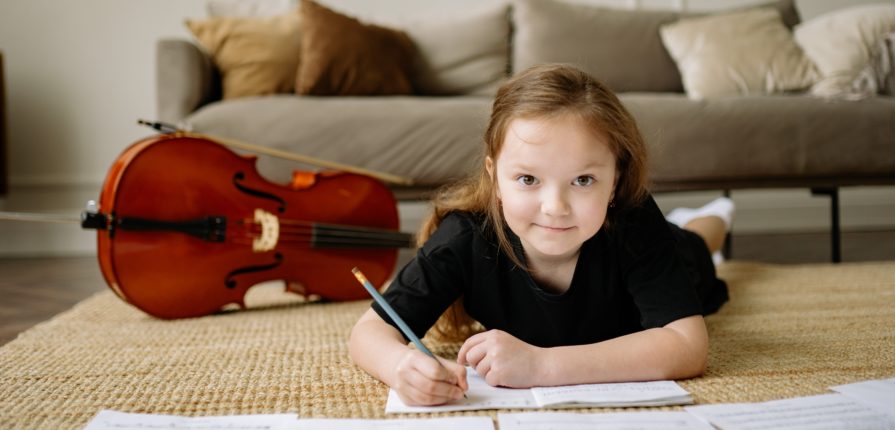Getting your kids interested in music is not always easy. But, if you have a young musician at home, there are many things that you as a parent can do to contribute to that passion. Here, we go over a few tips that will help you guide your child into the wonderful world of music-making.
—
Friday, August 12th
Choosing the right instrument
First things first, you need to choose the right instrument! Ask your child what sounds they like and what instruments appeal to them. Allow your child to explore. Many musicians started on one instrument only to switch a few years later to another with much greater success.
Learning a musical instrument is a family affair!
Your child needs your guidance and encouragement. Help your child set up a special place at home to play the instrument. Establish a time each day to play. Some children are at their best in the morning, before school. Some parents set a time after the evening bath when the child is relaxed but not tired.
Praise your child for each step forward. Never make negative remarks about how your child’s playing sounds. It takes time and effort to produce musical sounds.
The older they get, the more they would need to practice
Help your child set up a regular time every day to practice. Help them establish a routine. This may require some consultation with the teacher. But, you should include:
- Warmup
- Play a fun, familiar piece
- Work on a new or difficult piece
- Work on technical requirements, such as scales or other technique builders
- Play something fun to conclude the session
High school students may have more technical problems to work on, but they also can practice longer in a more concentrated way.
Help your young musician set practice goals. Keeping a journal, not just a practice chart, helps track the peaks and valleys of learning a new piece or improving fundamental skills. The important thing to stress is that consistent practice will yield results.
This article is a re-post, with minor modifications, of “Learning to Play: Tips for Parents of Young Musicians,” published on familyeducation.com


